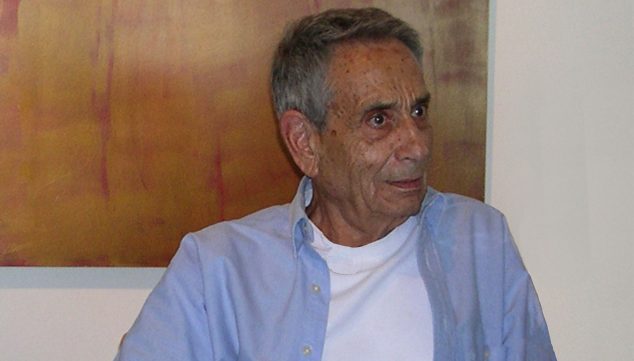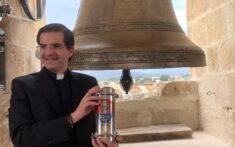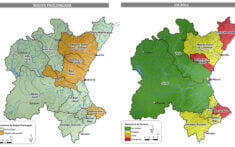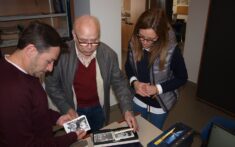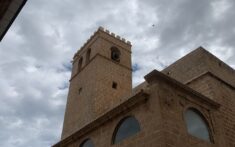On this occasion, we dedicated our space "Calle a calle" to meet a great character who has just left us: the architect and painter Manuel Jorge Fernández, died last Sunday May 24 at his home in Xàbia, after a hip operation.
His life and inspiration
Manuel Jorge was born in Chantada (Lugo) in 1929. From a humble family, his parents encouraged him to train and he studied Architecture in Madrid. In 1959 he obtained the title of Superior Architect and in 1965 that of Doctor Architect.
In 1960 he lives and paints in Menorca. In 1961 he exhibited at the Biosca Gallery in Madrid, at the Syra Gallery in Barcelona and participated in a collective in the Art Room of the Hostal de los Reyes Católicos in Santiago de Compostela. During that year he moved to Cadaqués (Girona), where he met the Finnish painter Christina Snellman, who would soon become his wife. They live for a time in Chantada and from 1963, Manuel Jorge and Christina they settle in Xàbia, where he erected his first architectural projects and since then has combined his two passions: architecture and painting.
In 1975 they moved to Paris, where they painted at the Cité Internationale des Arts, founded in the XNUMXs on the idea of the renowned plastic artist Eero Snellman, the father of Christina. Later they alternate their life in Xàbia with trips around the world.
Manuel Jorge has projected throughout his life more than one hundred homes, many of them single-family and mainly in the Marina Alta region, but also in Valencia, Madrid and even in Saudi Arabia.
In collecting the "Premi d'Honor Vila de Pedreguer al Mèrit Arquitectònic i Urbanístic" in 2011, he stated: "In recent years the architecture that is made is decontextualized from the environment in which it is designed". A globalization that, in his opinion, was detrimental to originality and subtracted creativity from architects. He bet on the design of buildings that adapt to the landscape in which they are built, ensuring that "Trees and other elements of nature must be taken into account when an architect considers the design of a home". The materials with which Manuel Jorge built were always indigenous, and he also used traditional resources and wisdom to carry out his projects.
His architectural work was also recognized by the people of Xàbia, who dedicated a street to him in 2009, in which is the set made by him of the Phidias houses.
His paint
At first their black paints, in keeping with rainy Galicia, and with the spirit of Francisco de Goya, Gutiérrez Solana and Vázquez Díaz. From 1961, already with Cristina Snellman, the paintings of Cadaqués appeared, with color, and the line was forgotten for a time.
Later, around 1998, painting and architecture stopped flowing in parallel to be the same thing. Enter space in paint and color in buildings. The line was almost always a constant, but now the game of perspectives, volume and color are simplified and the mass of color becomes queen: the space inhabits the painting, the color, the light and its shadows invade its architecture and it takes place the fusion of the two disciplines. His new architectural projects naturally exchange forms and concepts with his painting, accentuating the idea of areas of unexpected light by means of stained glass and skylights that emerge in bends, stair turns or overhangs on the façade.
Since 2003, he has exhibited his graphic work on three occasions at IB Isabel Bilbao Art Gallery, and has shown his original works successively in two exhibitions in the municipal halls of Xàbia (2009 and 2015); at the Center del Carme de València (2010); in a great retrospective at the Museo Provincial de Lugo and at the same time in his hometown Chantada (2016); and the last one, again in Chantada, in 2018.
The corpus of his collection consists of more than 2000 works, including sketches, drawings, paintings, industrial designs and various series of graphic works. His files include sketches, plans and photographs of all the architectural work done in his life. His work is now preserved in Chantada. The Manuel Jorge Foundation disappeared in 2019 and its serigraphy fund is delivered to the Villa de Xàbia.
If you like to know why the streets of Xàbia bear the names of certain characters, then you have all the articles published:

